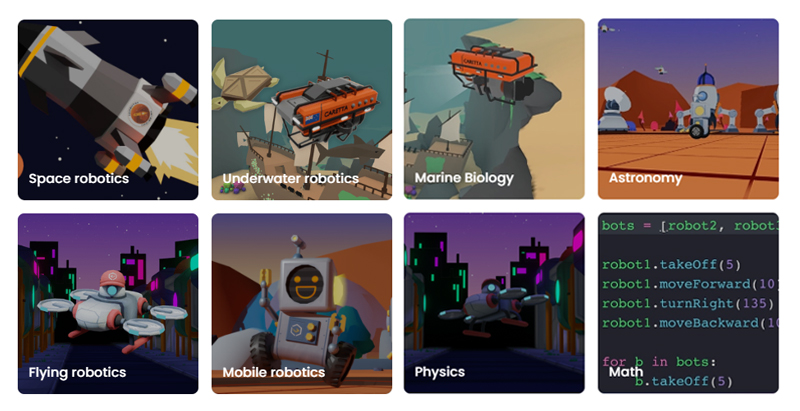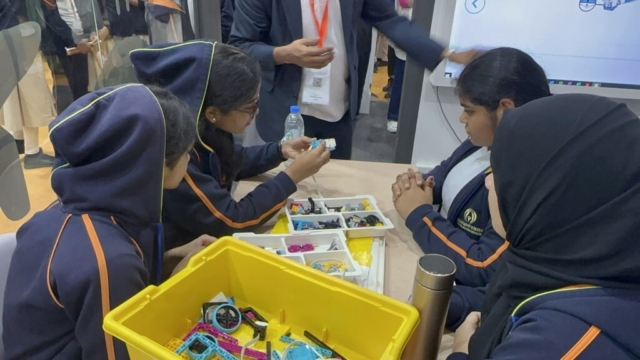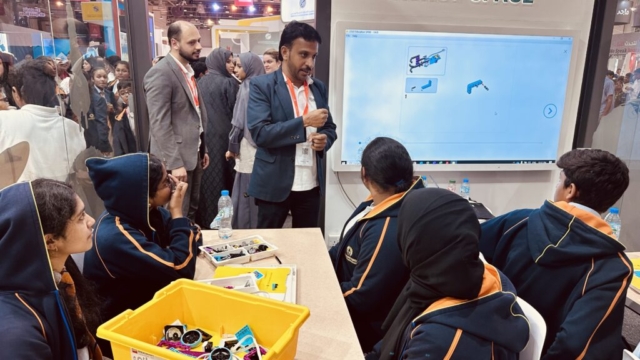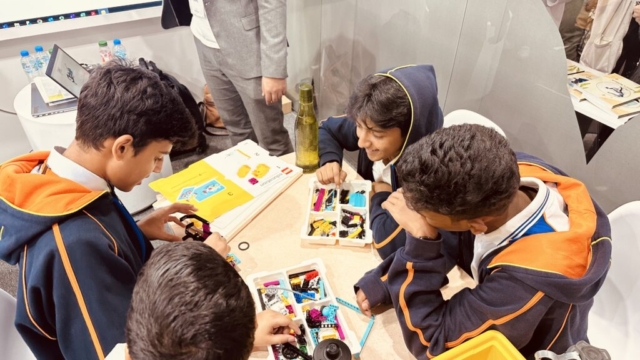
Harnessing The Power of Wind: A Journey into 5th-Grade Science Activities
Harnessing The Power of Wind: A Journey into 5th-Grade Science Activities
Have you ever felt the breeze on a windy day and wondered, “Could we use this power for something more than just making trees sway?” The answer is a resounding yes! Wind is a natural force that has captivated us for ages and is a potent source of clean energy. This blog lets us understand how wind emerges as a superpower by harnessing its potential correctly. As you continue reading, discover a fascinating experiment perfect for exploring wind power and precisely tailored to align with 5th-grade science activities.
The Force Behind the Wind
The wind is the movement of air masses from areas of high pressure to areas of low pressure. The Earth’s uneven heating by the sun is the primary driver of these pressure differences, creating the atmospheric conditions that result in the wind. Force of the wind is determined by its speed and density. When wind speeds increase, its force grows exponentially. Wind turbines can harness this force to generate electricity.
Wind Turbines: Converting Wind Force into Energy
Wind turbines are modern marvels that transform the wind’s kinetic energy into electrical power. The turbine resembles a towering structure consisting of blades attached to a rotor, which spins a generator to produce electricity. The design of wind turbines is crucial in optimizing their efficiency. The blade’s shape, size, and height of the turbine are all factors considered to capture the maximum amount of wind energy. As part of 5th-grade science activities, have you ever undertaken a project on turbines in class?
Wind Energy: Clean and Sustainable
One of the key advantages of wind energy is its sustainability and environmental friendliness. Unlike fossil fuels, wind energy production does not emit greenhouse gases or other pollutants, contributing to a cleaner and healthier planet. As technology advances, the efficiency of wind turbines continues to improve, making wind energy an increasingly viable option for powering homes, businesses, and entire communities.
The Future of Wind Energy
Looking to the future, wind energy is poised to play a growing role in our global energy landscape. Advances in technology, increased investment, and a growing awareness of the need for sustainable energy sources are driving the expansion of wind power. Offshore wind farms hold great promise for capturing strong and consistent winds, providing a vast source of clean energy.
LEGO® Education BricQ Motion Prime Set makes 5th-grade science activities easy Land Yacht Experiment Materials required:
- Land Yacht kit containing bricks, sails, and wheels.
- A fan to provide the wind force.
- Strips of tape to mark starting positions
- Worksheets to record observations and data.
- A sense of curiosity and a thirst for scientific understanding
Experiment 1: Downwind Sailing
Assemble the land yacht model to examine the behavior of the yacht sail downwind on a land surface. Position the yacht on the starting line and watch it slide as the fan’s breeze pushes it forward effortlessly.
Optimization Quest
Intrigued by the land yachts’ downwind performance, it is time to embark on an optimization quest to determine the ideal sail angle and shape for maximizing downwind travel. Start experimenting with various angle adjustments and sail configurations. Later, record the observations. The goal is to achieve the greatest distance traveled, driven by the wind’s invisible force.
Experiment 2: Crosswind Challenge
Introducing a new dimension, now shift your focus to crosswind sailing. Position the land yachts perpendicular to the fan to check the wind’s sideways force. With subtle adjustments to the sail angle, guide the land yacht across the fan’s breeze, observing its lateral movement.
Experiment 3: Upwind Adventure
The final experiment takes you on an upwind adventure, attempting to defy the wind’s natural direction. Strategically angle the land yachts slightly towards the fan, seeking to harness the wind’s power to sail against its flow. Manage to steer the land yacht upwind, albeit at an angle rather than directly into the wind.
Unveiling the Mysteries of Invisible Forces
Explore the intricacies of wind force and its impact on object motion as an integral topic for 5th-grade science activities. Through the experiment, students discover that wind.
In wrapping up our exploration, it’s clear that wind isn’t just a gentle force; it’s a potent source of clean energy. The hands-on experiment designed for 5th-grade science activities showcases the dynamic nature of wind energy, from downwind sailing to optimizing sail angles—an engaging journey for students, fostering curiosity and understanding in the captivating world of wind power.
In concluding our exploration, it is evident that wind is not merely a gentle force but a potent source of clean energy. The hands-on experiment illuminates the dynamic nature of wind energy—from downwind sailing to optimizing sail angles. Thanks to the LEGO® Education BricQ Motion Prime Set, conducting 5th-grade science activities and explaining the concept of wind and motion through hands-on projects is now easily achievable. The set is readily available in Dubai and other Middle East regions.













Recent Comments